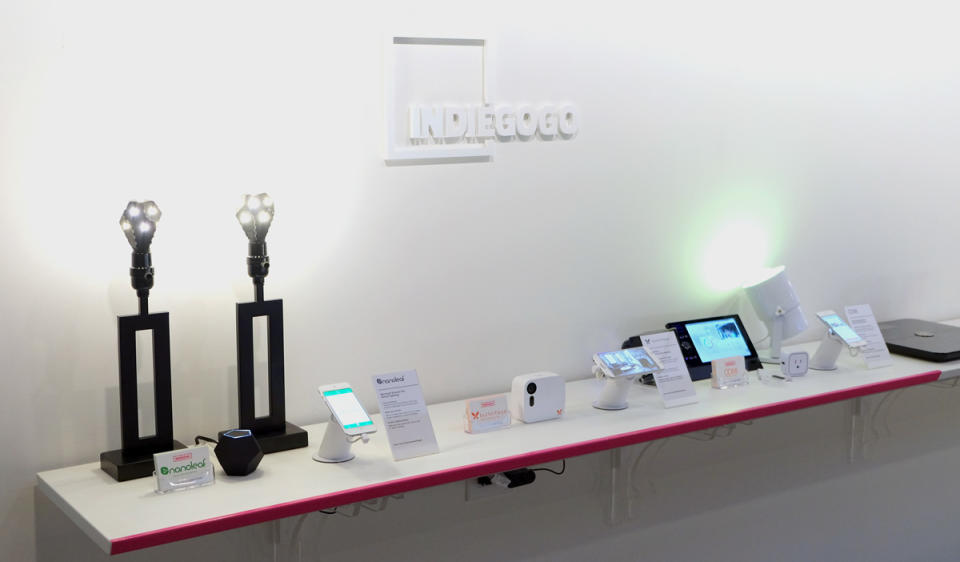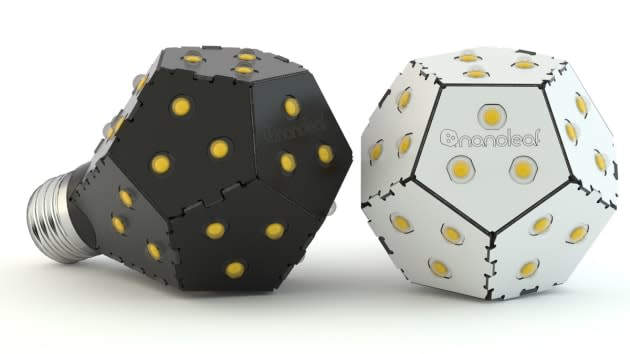Target and Indiegogo team up to get crowd-funded wares to retail

When you back a project on Indiegogo, Kickstarter or any other crowd-funding site, chances are you've never seen the product you're putting your faith (and cash) in the flesh. Target and Indiegogo want to change that. The two companies announced that select devices from Indiegogo campaigns would show up in the retailer's Open House connected-home experiment in San Francisco. It's a small step towards giving the folks that can actually deliver their device a chance to show the world, they actually made something that's worth buying.
What started as a in-store conversation that led to a breakfast, ended with the two companies working together to bring connected-home devices that would usually only be be sold online into a store. It turns out, being able to design and manufacture a product doesn't mean a team knows how to get it on the shelves where potential customer can see it. In fact, many choose to sell their products from their own site. In addition to giving a few campaigns the chance to be seen, the partnership is also hoping to educate users on how to get their wares into an actual outlet.
"We both have the same intentions to enable individuals entrepreneurs to have an easier path to get their products into the hands of users," David Mandelbrot, Indiegogo COO told Engadget. The products available are all currently in production now and were presented to Target by Indiegogo with Target having the final say of what would be in-store.

The products are the Nanoleaf light bulbs, Butterfly wireless camera and Oomi smarthome system. Getting them into a store probably would not have happened as quickly had it not been for this partnership. But Target is trying to change that by going out and actively engaging with creators.
Target's growth and innovation lead, Kate Whitcomb has been attending demo days and other events to share the basics of what these device makers can do to get into physical retail stores. The questions she's asked at these events "highlighted the huge gap of information between startups and retail." Bridging that gap could be the difference between a product that has staying power and one that fizzles out.
The gist is that people enjoy shopping and seeing and touching items before they buy them. Online crowdfunding doesn't offer that. You're making a monetary bet on a team and thing you've never seen. It's a leap of faith that some might not be willing to take.
Earlier this week Indiegogo and Brookstone announced a partnership to fund and display products in the stores. The Target partnership showcase items that are in production and either shipping or about to ship. While you can't buy them in the retail market, you can pull out your phone and place that order you may have been on the fence about.
The rub is that this is only available in the San Francisco Open House store. Target says that it's learning from the store and will tie that learning to future strategies. That might mean you'll be able to actually see more items before you throw money at it online. For a source of products that has reputation for producing more than its fair share of vaporware, it's one way to get some legitimacy while grabbing new customers.
